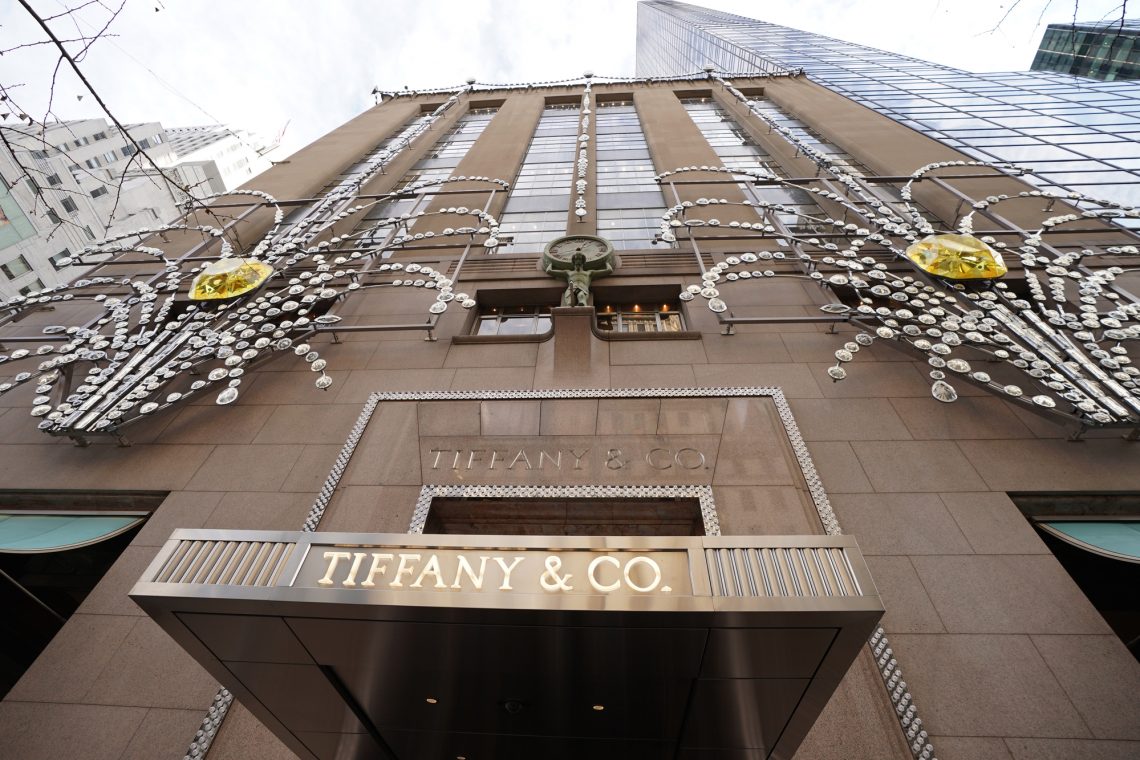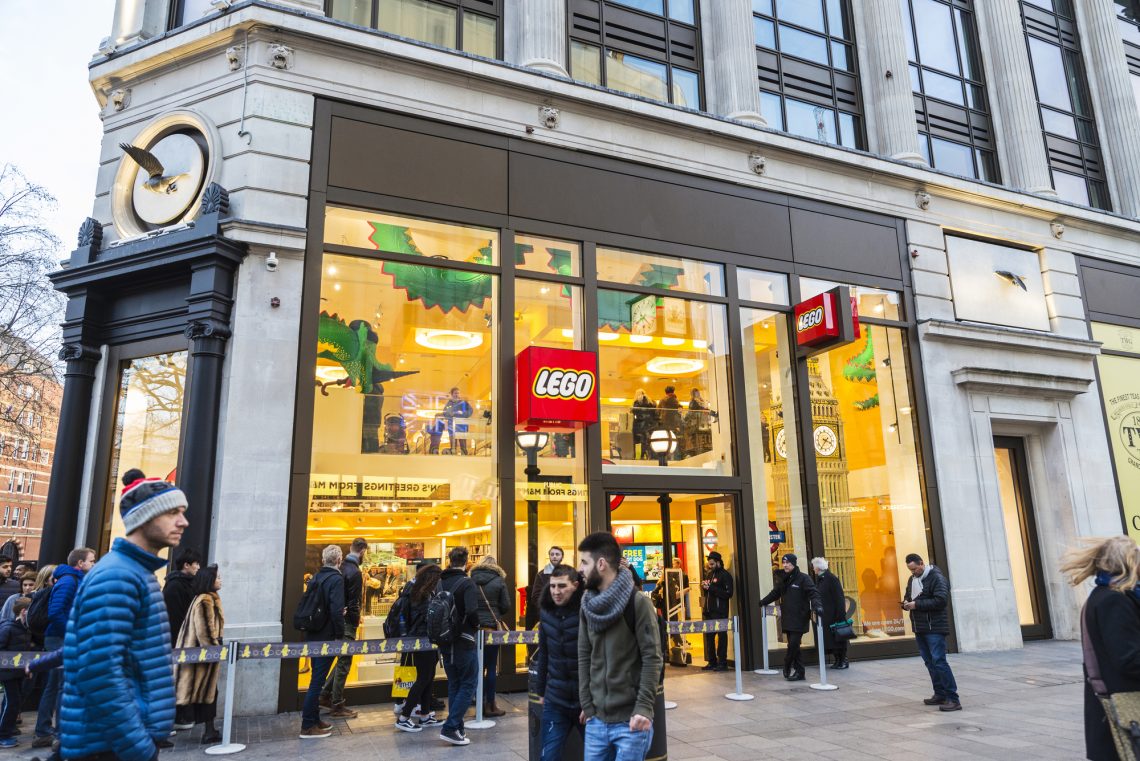Flagship Stores: Types, Benefits for Brands, and Bright Examples
“A complete range of merchandise”, “innovative”, “Instagram-perfect”, and “right in the city center”. Customers commonly use these words to describe flagship stores by their favorite brands. In turn, marketers prefer to define a flagship store as “a key element of brand strategy” and “a place to get a unique brand experience”.
And while online brand sales continue to grow and most brick-and-mortar stores become similar to online pick-up points, luxurious flagship stores are still opening worldwide. Why is this happening, should you follow this trend, and who should you look to for inspiration? These are all questions we’ll answer in this article.
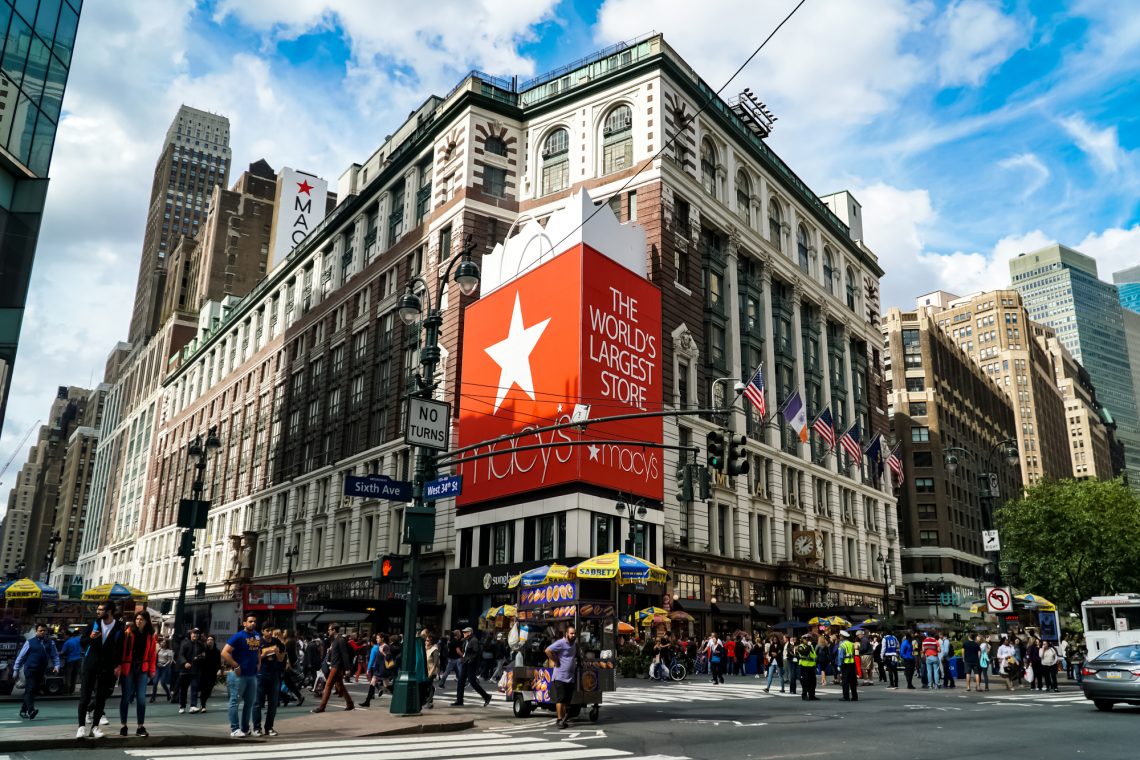
What is a flagship store?
A flagship store is the main store of a brand’s distribution network. It offers you the best and embodies the company’s values and potential.
A flagship store’s function is rarely to sell as many items as possible on site (as a rule, flagships operate at a loss). However, they shape and strengthen a brand’s image, enabling online stores and the whole distribution network to earn more.
Companies often run more than one flagship on a global, national, city, or even local level. Louis Vuitton, for example, has luxury flagships in every country it officially enters the market—there are over 100 of them! And in fashion capitals such as New York or Paris, you can spot 2 or 3 flagships of the same fashion house—in different tourist areas.
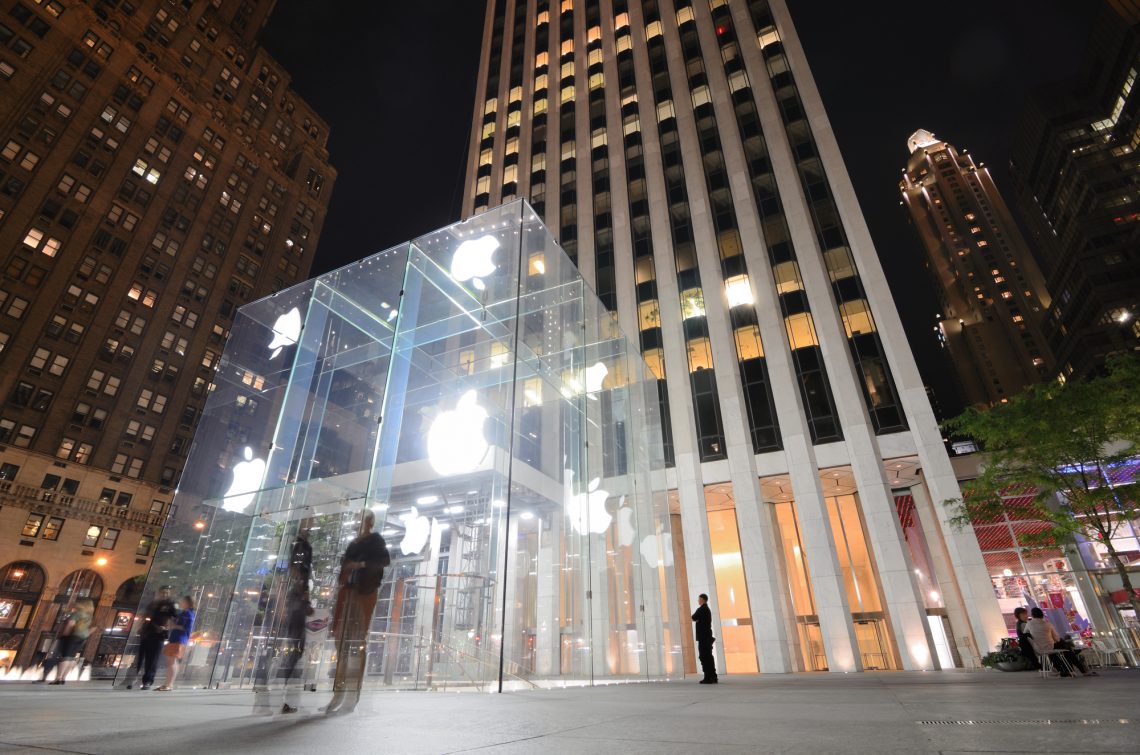
How can we identify a flagship store?
Here are a few characteristics of flagship stores:
- Central and exclusive location
- State-of-the-art interior and exterior
- Your opportunity to buy any product of the brand, including exclusive items
- Experimental and innovative—you are invited here to experience something unique and wonderful for free, not to make a purchase
A job is well done if the flagship store becomes a tourist attraction later. Moreover, brands are doing their best to build a community around their flagships. Coffee houses and bars, art galleries, and movie theaters that host new product launches can all be part of flagship stores, turning them into places to meet and socialize.
Read more about why modern brands need a loyal community here: How to Build a Community Around Your Brand.
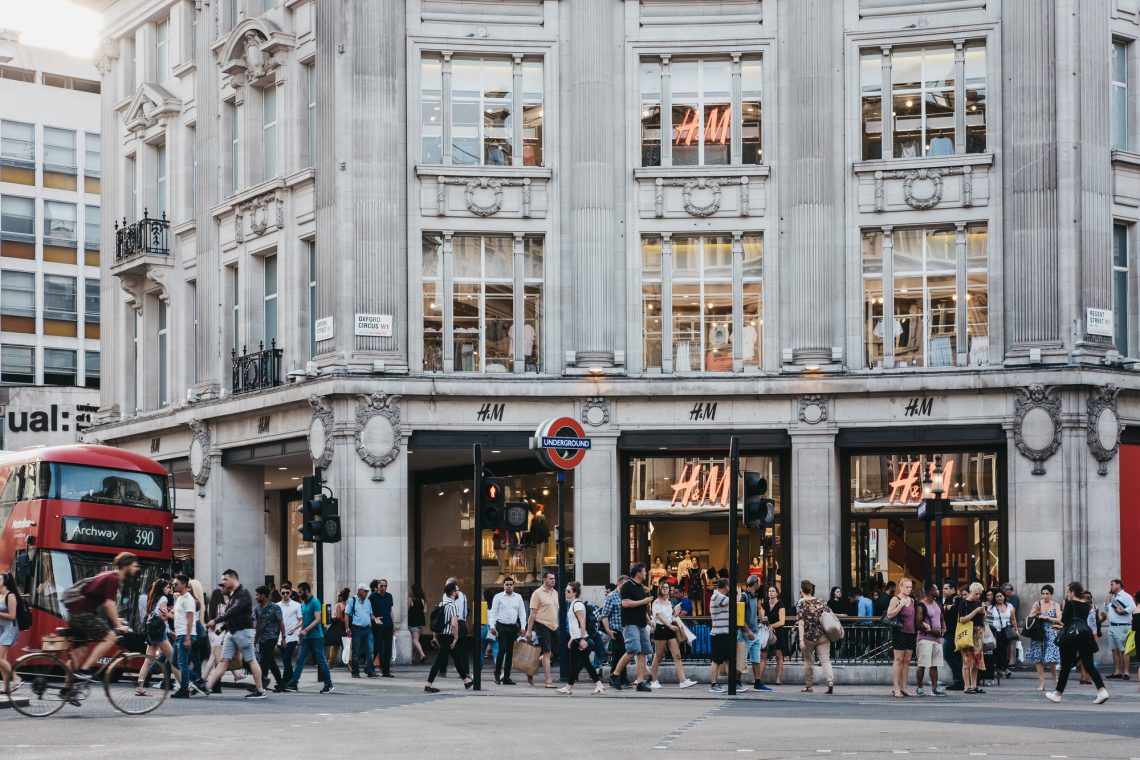
Do you need a flagship store? Benefits & Pitfalls
A flagship launch is often a resonant event in the media, so a move like this can ensure a successful entry into a new market.
New and smaller brands that dream of expanding their audience or plan a conceptual reboot also start by opening flagship stores in popular shopping areas where similar stores already exist (Bond Street in London, Fifth Avenue in New York, or Rue de Rivoli in Paris). Thus, they declare their new status.
Benefits and opportunities that a flagship store brings:
- Higher brand awareness
- Clearer market positioning
- Getting closer to customers’ hearts through memorable offline experiences
- More brand mentions on social networks and mass media
- Here, you can test product or marketing ideas
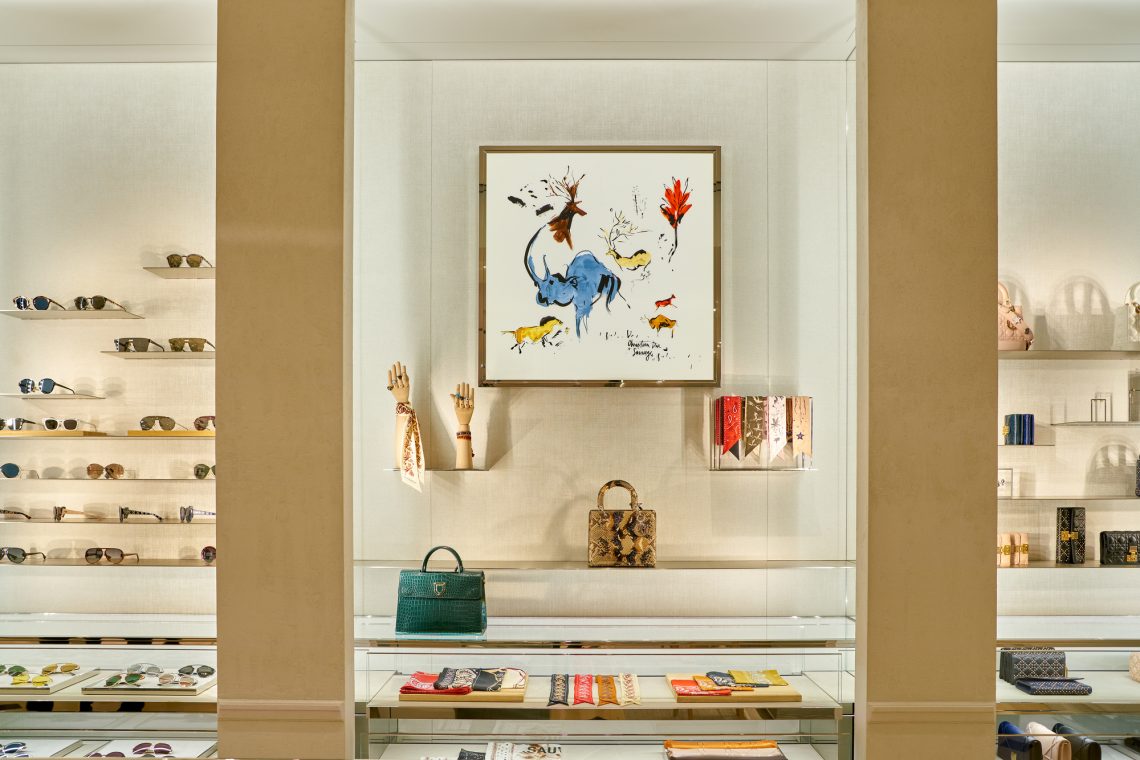
A flagship store is a tool for implementing brand strategy, and it provides you with unlimited opportunities for PR activities. You can introduce your collaborations with artists, hold charity sales, declare your brand’s stance, and offer clients a unique immersive experience based on music written for it.
The main problem of flagships is their unprofitability. They also require a vast budget for rent, design, and site-specific events. And since such stores perform PR functions, it is impossible to calculate their effectiveness accurately. Additional risks associated with opening flagships:
- Exaggerated customer expectations concerning your regular stores (choice of goods and level of service there)
- The gap between “innovative” flagships and “regular” stores; customers may not understand the brand’s position
- Store location risks: You may end up in a location where the store is overshadowed by more eye-catching flagships or where there is less traffic
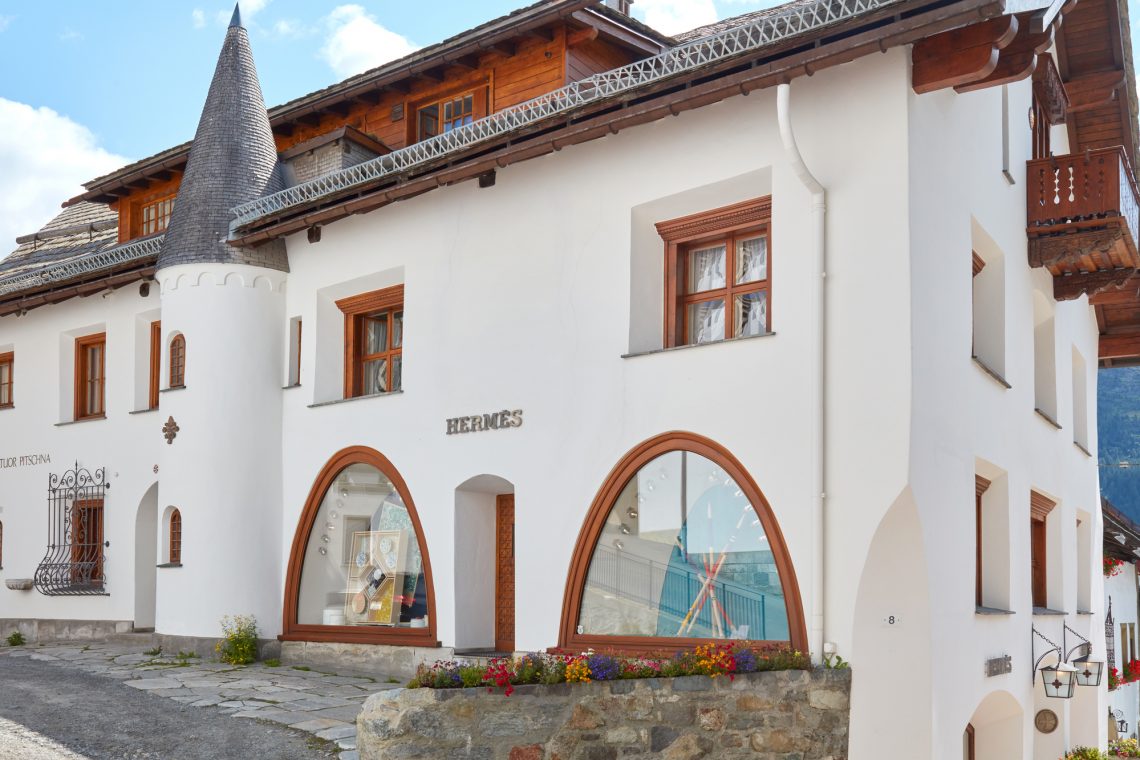
Flagship stores should be opened by brands that focus on the global or national market. In other cases, the investment is unlikely to be justified. Flagships of clothing, shoes, and accessories by brands that passers-by have already heard about work best. The second category of retail, where flagships work ideally, is toy stores.
Let’s learn from market leaders! 6 flagship store cases
Louis Vuitton (Roma Etoile), Rome
Piazza di S. Lorenzo in Lucina, 41
The Louis Vuitton flagship store in Rome opened on the site of a legendary Italian cinema—the very first cinema in Rome where movies by Federico Fellini were shown. Fortunately, the history of the cinema is still appreciated: the huge store houses a vintage cinema hall with 19 seats and a library about the history of Italian cinema.
Before the opening of each flagship, Louis Vuitton specialists study the history of each site and build the concept of the future flagship based on their research.
Nike (House of Innovation 000), New York
650 Fifth Avenue
The 6-story, translucent House of Innovation by Nike offers you an innovative shopping experience rather than the experience of using well-known Nike products. It’s better to install the Nike app before visiting—With it, you can pick up products and buy them instantly without standing in line.
In the store, clients can also create and order unique running shoes, get advice on preparing for marathons, and have short workouts.
The façade of the building, made up of corrugated glass, is a metaphor for movement and speed. A small atrium at the corner of the flagship imitates the position of an athlete’s foot before the start of a race.
Tiffany & Co, New York
727 Fifth Avenue
Tiffany & Co’s flagship store in New York has been immortalized in literature and cinema, but that’s not the only thing that makes it a tourist attraction. This store also houses the famous Tiffany diamond, a salon for custom jewelry designs, and the building is a modern conservative pearl.
Tiffany & Co is one of the oldest flagship stores that set the trend and remains on designers’ radar. The design of the majestic main exhibition hall, which does not have a single wall, is often quoted. 8 times a year, there is a change in the shop window design that corresponds to a specific theme or season.
LEGO, London
Leicester Square (3 Swiss Ct.)
The LEGO flagship store in London is the brand’s largest store in the world. You can buy absolutely everything related to the company’s products and something exclusive too—a set of bricks to create your mosaic portrait. The LEGO Mosaic Maker is so popular that visitors must sign up to have their faces scanned and “turned into bricks”.
Another highlight of the LEGO flagship is a collection of huge models featuring symbols of London. For example, a life-size London underground car or Big Ben with a working clock and lighting. The store also has an entertainment center where events for children and adults are held. This flagship encourages curiosity and creativity—just like LEGO bricks.
Samsung 837, New York
837 Washington St.
Samsung’s New York flagship store isn’t about selling gadgets at all—It is an interactive space we can call a museum of innovation. You won’t find anything to buy here. The store is a large theater-style hall in front of a giant screen. Presentations of new products and projects take place here.
Inside the store, there is also a futuristic gallery where the brand showcases the results of its collaboration with artists. Several augmented reality zones allow you to enjoy the experience of Samsung here and now, like living in a smart home powered by Samsung.
View this post on Instagram
House of Barbie, Shanghai
550 Huai Hai Middle Road
The House of Barbie opened in Shanghai to commemorate the 50th anniversary of the legendary doll. This flagship includes the most extensive collection of Barbie dolls and their licensed accessories from worldwide! It’s also home to a thematic museum and kid’s center. Visitors can design their doll or become part of the Barbie universe by walking the runway in one of her outfits. The flagship also has a themed restaurant.
The House of Barbie makes fiction a reality. Inside the store, anyone can imagine themselves as Barbie’s neighbors or try on her shoes or headdress. And an essential function of the store is to charge people with optimism.
Wrapping up
Flagship stores almost always mean positive media hype and constant brand mentions online. At the same time, they require a huge budget. By opening one, you will immediately have to compete with service and innovation standards of other flagship brands.
The visual side of the issue is also significant. A flagship store is the brightest diamond in a brand’s crown. Therefore, its interior design, posters, booklets, and social media visuals have to be authentic and impressive—And Depositphotos would be honored to assist you in these matters.
More tips for marketers to succeed in 2022:
7 Unusual Ways to Use Emojis in Brand Communication
Top 6 Virtual Influencers to Follow or Invite for Collaboration
How to Communicate Your Brand’s Stance: 20+ Cases Concerning the War in Ukraine
How to Build a Community Around Your Brand
